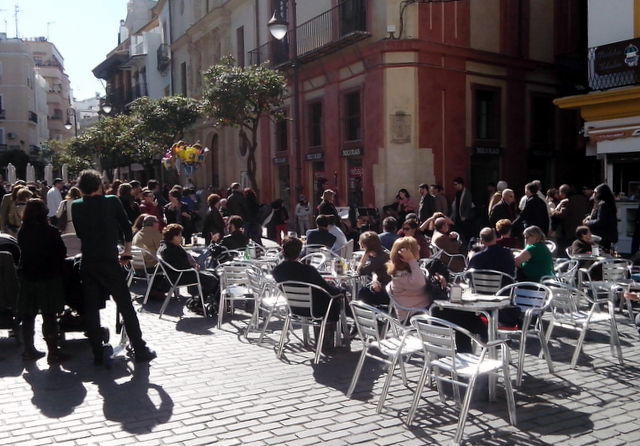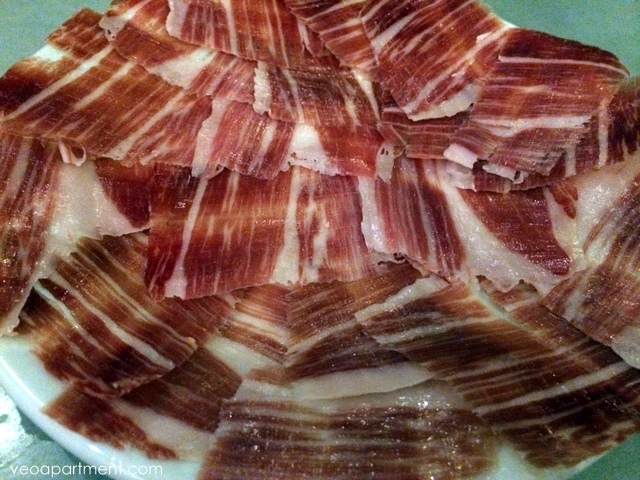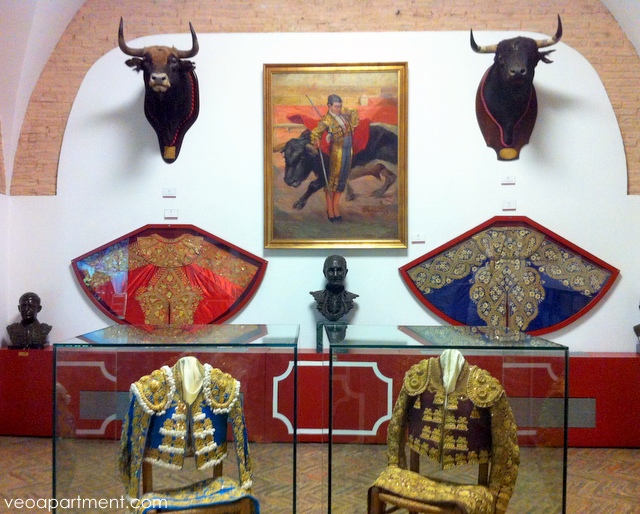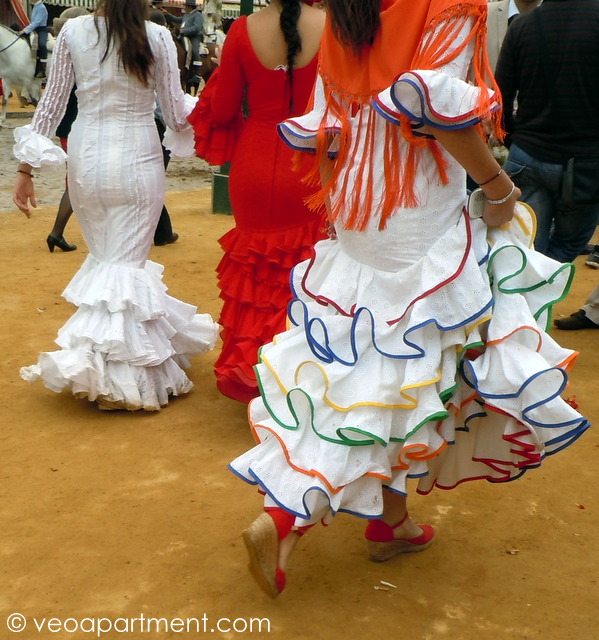 street life in Seville
street life in Seville
Although the notion of a Spanish national character can easily be overdone, there are some cultural biases that people from the English-speaking countries will probably pick up on. The Spanish are generally ebullient, noisy and outward going, with a smaller personal space than you’re used to, and this combination can make them seem a bit “in-your-face”, especially given a widespread lack of foreign language skills (the Swiss and the Belgians can look smug at this point; the Brits and the Americans should probably keep quiet). But really, they’re by and large friendly and hospitable.
Timetables. Partly as a product of climate, and partly because Spanish clocks are an hour out of kilter, everything happens later in the day than you’re used to. A lot of people don’t start work until 10, lunch starts at 2 not 12, and carries on through siesta until 5. Then everything opens up again until 8 or 9. Dinner (usually tapas if you’re eating out) is after that, and may carry on until midnight, especially in summer. In school holidays and at weekends you’ll also see lots of quite young children out and about at this time.
There’s a good reason why “siesta” is the most widely understood Spanish word in the non-Spanish speaking world – it’s just such a good idea. Although a long afternoon break is anathema to the corporatist work ethic of much of Northern Europe and America, it actually conforms to the natural rhythm of the human body. And in the days before aircon, or if you’re working outside, what else could you be doing in the heat of the summer sun? It also allows you to stay up late and get up early.
 jamón Ibérico de Bellota
jamón Ibérico de Bellota
When it comes to eating out the hustle, bustle and sociability of the tapeo is an essential part of Spanish culture in general, and Sevillano culture in particular. Despite the buzz, it’s essence is laid back and informal, with lots of sharing and conversation, and at the end of the evening, lots of lingering over a final drink. People often go from bar to bar, but no one ever tries to move you on to clear the tables for the next shift. Visitors often remark on how civilised this way of eating and drinking feels.
Before the tapeo, if work schedule and weather permit, is the paseo, the evening stroll. The Spanish live outside more than their northern counterparts, and on a warm spring or autumn evening what could be finer than a walk out of doors and perhaps a bit of window-shopping?
 Bullfighting is still very popular in most of Spain, though not, of course, as popular as football. They still kill the bull, and the ritual and symbolism are part of every Spaniard’s repertoire, even if they’ve never been to a bullfight. These days the social, see and be seen, aspects of attending a bullfight are as important as the fight itself (unless you’re a bull).
Bullfighting is still very popular in most of Spain, though not, of course, as popular as football. They still kill the bull, and the ritual and symbolism are part of every Spaniard’s repertoire, even if they’ve never been to a bullfight. These days the social, see and be seen, aspects of attending a bullfight are as important as the fight itself (unless you’re a bull).
Religious processions are very popular throughout Spain, though not, of course, as popular as football. Although strict religious belief and observance are in decline, Spain is still very much a Catholic country, and in Seville participants prepare all year for major events such as Semana Santa (Holy Week) which still draws huge crowds.
Even if (unfairly) the Spanish, especially in southern Spain, don’t have a reputation for working hard, they do have a reputation for knowing how to party. Every locality has its annual fair where they dress up in flamenco costume, dance the night away and drink lots of rebujito (a cocktail of sherry and 7up). In Seville the Feria is in April.
All this, of course, just scratches the surface, and if you want to find out more about why so many people love Spain and its relaxed lifestyle, you need to come and stay in one of our holiday apartments and experience it for yourself.
I read your article it is very informative for me. I hope I will find more articles in the future.